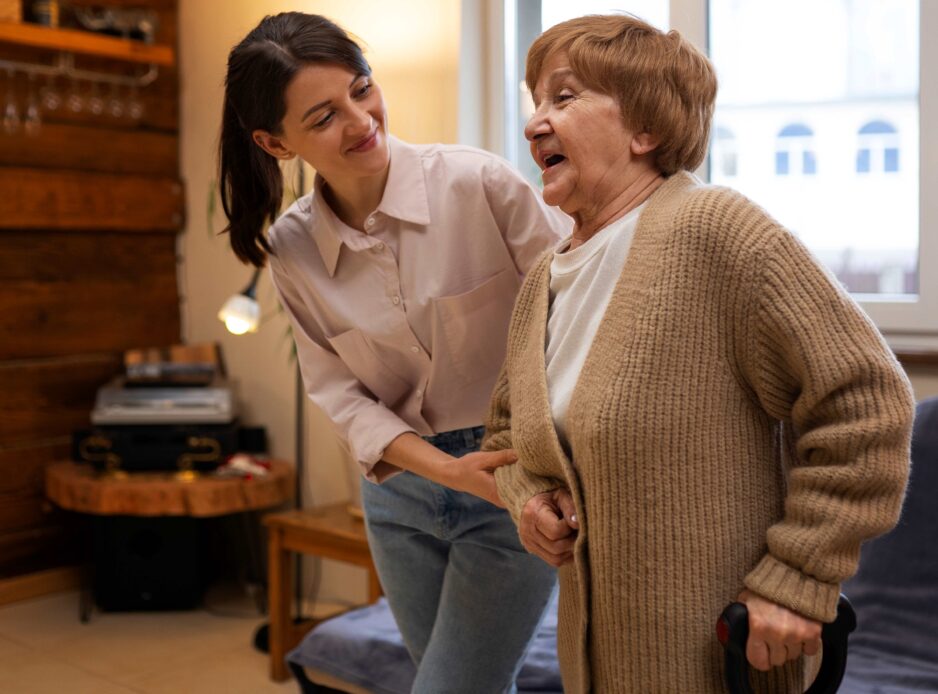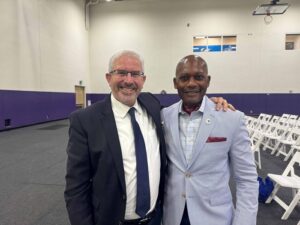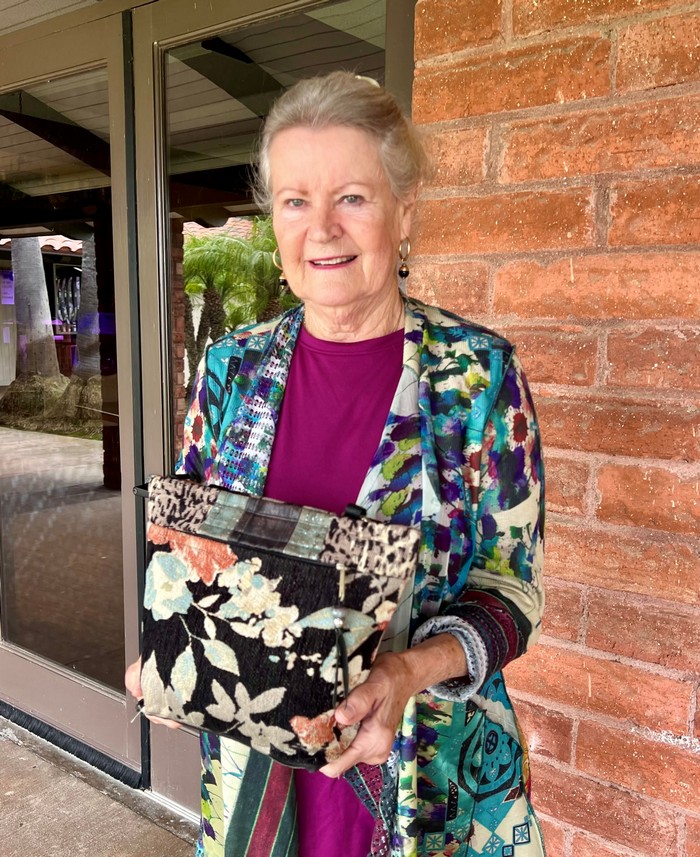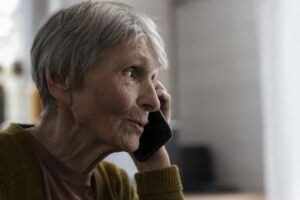Image by Freepik
From the California Department of Real Estate
If you are 62 or older, reverse mortgages are a way to borrow against the equity in your home (the value of your home minus any mortgage debt you may have) to provide what may be tax-free income (often referred to as cash flow). A reverse mortgage requires no scheduled loan payments until the loan ends.
Potential Advantages of a Reverse Mortgage
• A reverse mortgage may help you continue your financial independence and maintain or improve your quality of life.
• A reverse mortgage allows you to remain in and keep the title to your home.
• The money you receive is generally not considered taxable income. You should consult with an independent tax professional to determine individual tax consequences of a reverse mortgage.
• You make no payments until the end of the term of the loan (defined to be when the last eligible borrower permanently leaves or sells the home, when you die, when a fixed due date occurs, or at the end of the loan term as it otherwise may be determined).
• You can eliminate mortgage payments by paying off existing loans through proceeds from the reverse mortgage.
• You can select from several different benefit payment plans/options to meet your needs.
• Your income or credit score is not a consideration in obtaining a reverse mortgage, since no payments are required until the loan ends. • Independent counseling is required in advance.
Potential Drawbacks of a Reverse Mortgage
• They are more complicated than conventional mortgages, and the consequences of various plans/options are not always obvious.
• They are relatively expensive compared to other loans, including home equity loans, especially at the time the loan is originated.
• Although the money you receive is typically income tax-free, it may affect your eligibility under existing law for “needs-based” public assistance benefits such as Supplemental Security Income (SSI) and Medicaid/MediCal.
• They may reduce or eliminate the equity in your home, affecting the estate to be distributed to your heirs.
• When the product is other than an FHA-insured mortgage, you should confirm the reverse mortgage is entirely a non-recourse loan. This means the liability to repay the loan is limited to your home (its then market value or sales price) and would not subject any of your other assets or income, or the income and assets of your heirs, as sources for repayment.
• They are often not well understood by real estate, mortgage, tax, or legal professionals. Check out their experience with these mortgages before accepting their advice.
Important Questions to Ask Before Choosing a Reverse Mortgage
• How much money do I need?
• Is there a way to meet my needs that does not involve a reverse mortgage?
• Will a reverse mortgage make my partner or me ineligible for any “needsbased” public assistance benefits—now or in the future?
• Does my home qualify for a reverse mortgage?
• How much can I borrow through available reverse mortgage products?
• How much will it cost me in origination fees, closing costs, interest, monthly, or periodic fees?
• Will I have to sell my home before I die to pay off the reverse mortgage?
• If I die and my partner is still living in my home, will he or she have to leave or pay off the reverse mortgage?
• Will the reverse mortgage become due and payable if I require long-term care and move to an assisted-living facility, or to a nursing or convalescent home?
• Will there be anything left for my partner, my heirs, or me when the reverse mortgage is fully paid?
• Are there any fees, costs, or other charges due when the reverse mortgage is fully paid? (Regardless of product, prepayment penalties cannot be demanded when the reverse mortgage is partially or fully prepaid.)
• What are my continuing financial obligations with a reverse mortgage, such as property maintenance, property taxes, insurance premiums, and homeowners’ association assessments or fees (as applicable)?
Types of Reverse Mortgages
• FHA-insured mortgage: A Home Equity Conversion Mortgage (HECM) product.
• Lender or privately insured mortgages: These are known as “proprietary” products, but such products are not currently available.
• Uninsured mortgage products offered by a financial institution or a licensed lender: Again, proprietary products are currently not available.
Important Things to Do Before You Make a Decision
• Decide how long you expect to stay in the home.
• Consult with a Housing and Urban Development (HUD)-approved reverse mortgage counselor before you apply. A counselor can help you decide whether a reverse mortgage or some alternative is the
best choice for you. To find a HUD-approved Home Equity Conversion Mortgage (HECM) counselor near you, call (800) 569-4287.
• Decide if you really need a reverse mortgage. Another type of loan may be a less costly solution. Discuss this with a counselor.
• Include trusted family members in the decision-making process. If inheritance is an issue, adult children may be willing to help.
• Shop around and compare offerings. Not all reverse mortgages are the same; their terms vary substantially.
• Determine if a reverse mortgage will affect your ability for “needsbased” public assistance benefits.
• Review your mortgage broker’s license record. Call DRE for clarification on any discipline taken.
To contact the California Department of Real Estate, call (877) 373-4542 toll-free for assistance in
English or Spanish. Visit www.dre.ca.gov.
CAUTION: This general information is NOT a substitution for the advice of an attorney, accountant, and/or financial planner. Before you decide to pursue a reverse mortgage, you should carefully consider your individual circumstances so you can make a wise decision about the most valuable asset you may own—your home. Factors to consider include whether the proposed reverse mortgage is a recourse or nonrecourse loan, whether the loan would have a fixed or adjustable interest rate, and/or the current or projected market value of your home.








